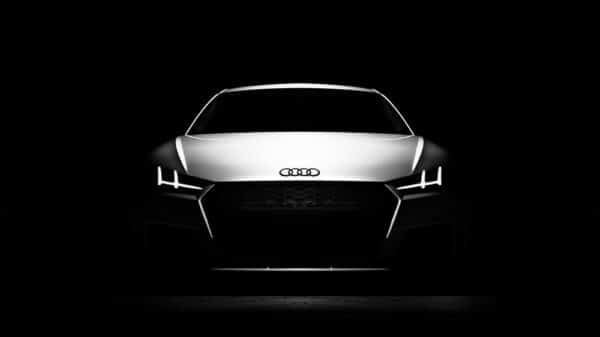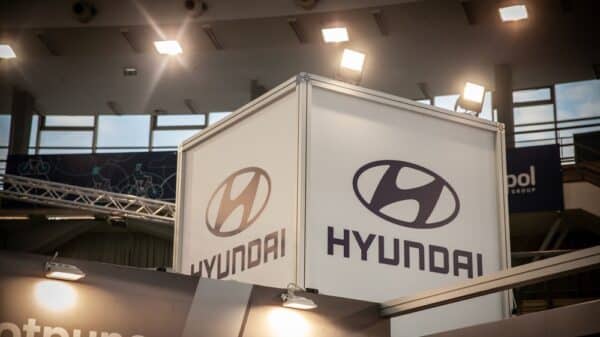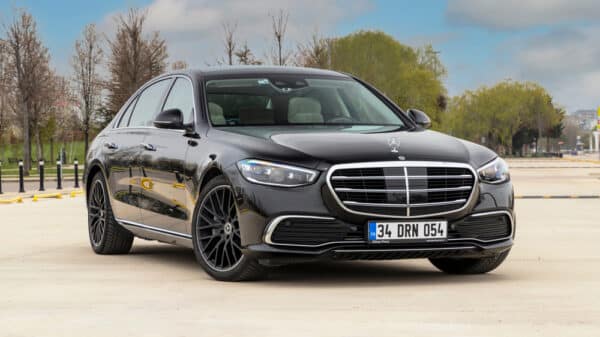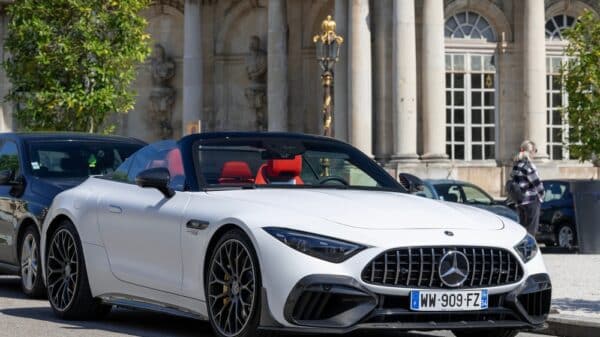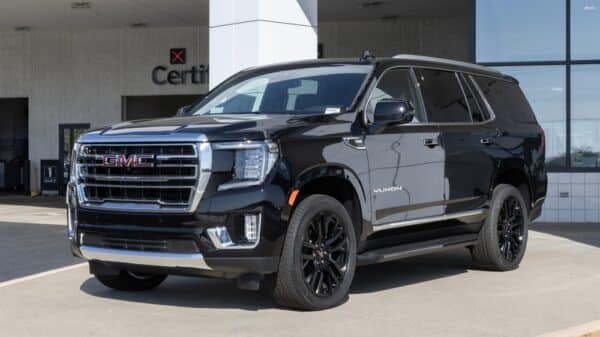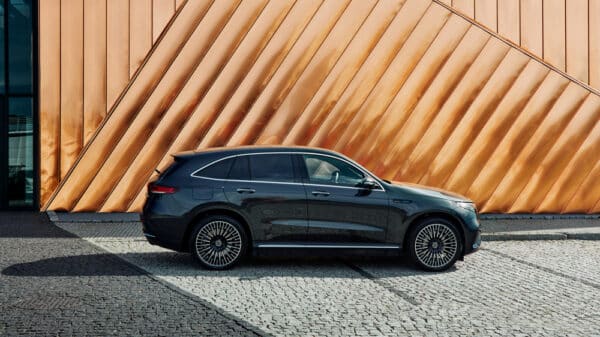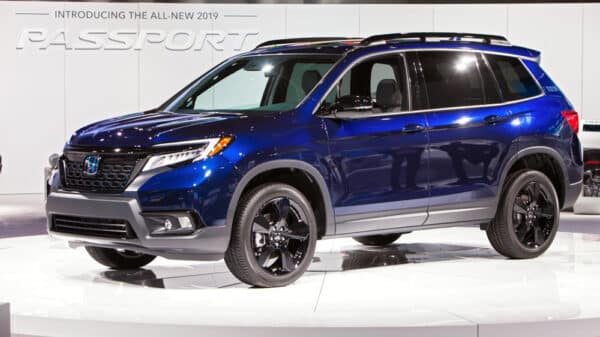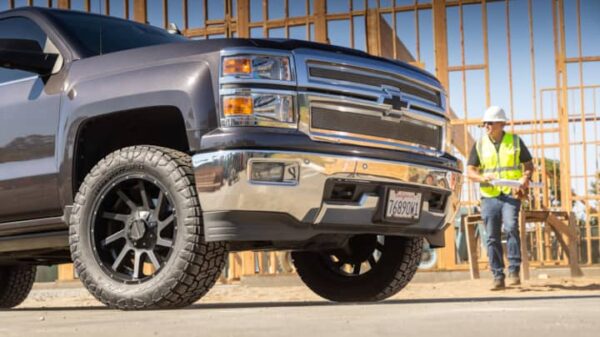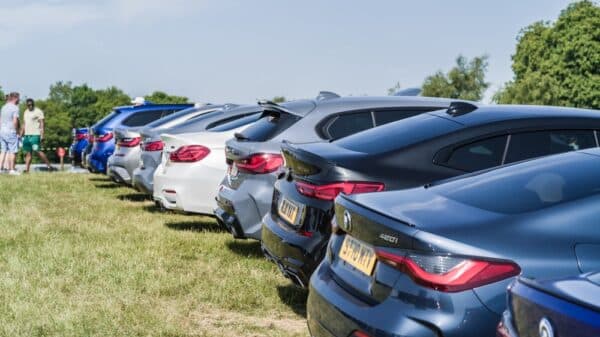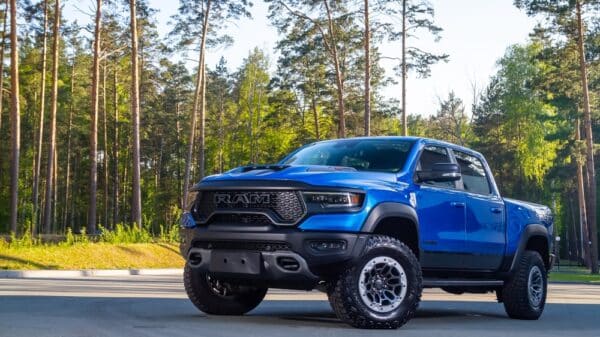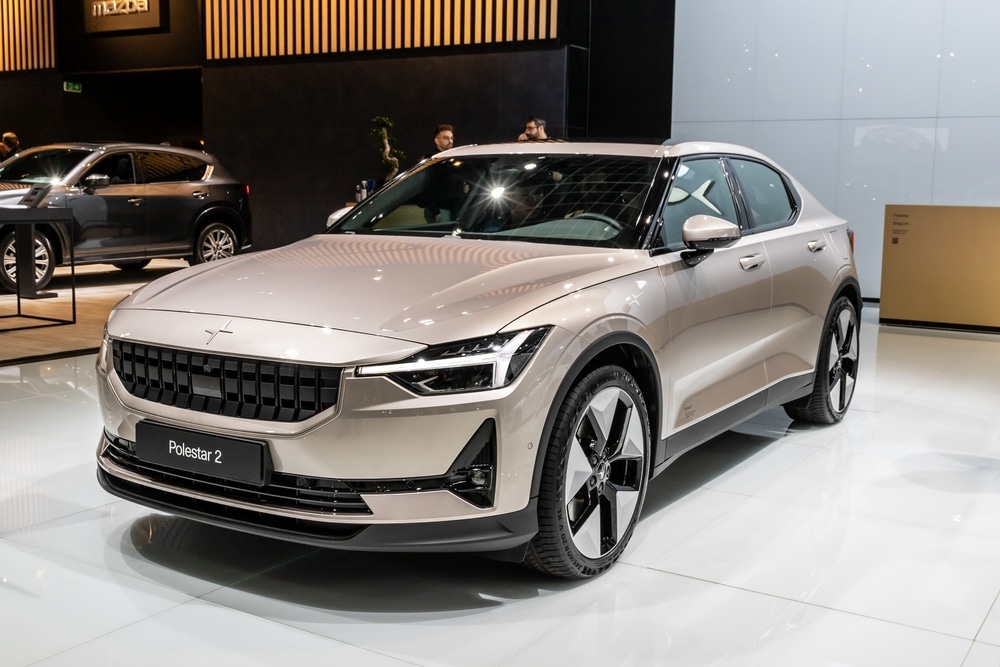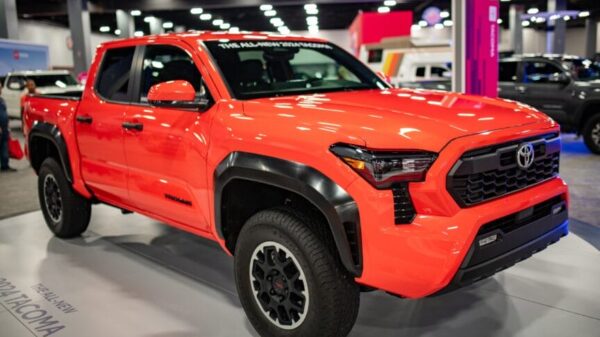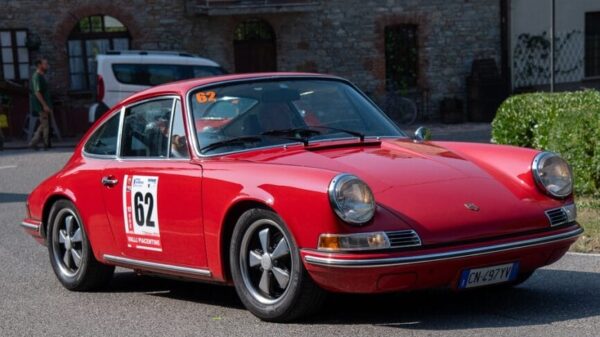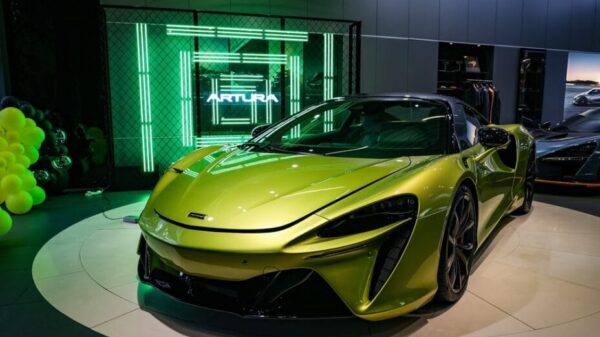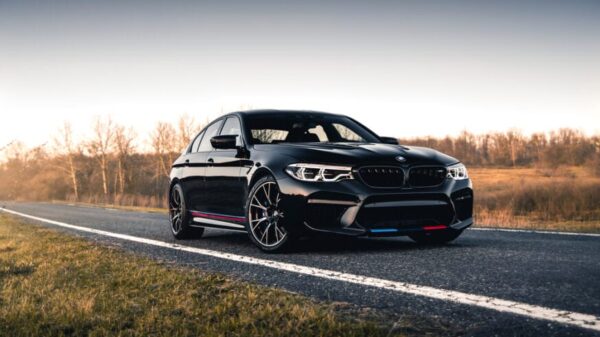On Thursday, the innovative Swedish electric performance brand Polestar revealed some exciting updates that electric vehicle enthusiasts and potential buyers have been eagerly waiting for. The company confirmed that the Polestar 5 sedan is on track for a 2025 launch, alongside new information about the forthcoming Polestar 7, which will be a compact SUV.
While the exact launch date for the Polestar 7 hasn’t been pinned down, former CEO Thomas Ingenlath hinted to Autocar last April that we can expect to see it hit the market around 2027. When it does, the Polestar 7 will step in as the brand’s new entry-level offering, taking over from the current Polestar 2 hatchback.
The Polestar 5 is designed to take on high-performance models like the Porsche Taycan and premium versions of the Tesla Model S, and it’s currently in the final stages of development. Its design was first unveiled in 2020 with the Polestar’s Precept concept, and early glimpses of camouflaged prototypes suggest that the production version will closely resemble that striking vision.
One of the standout elements of the Polestar 5 is its cutting-edge platform that’s being developed in-house at Polestar. This sedan promises an exhilarating experience, as the company has ambitious plans for up to 884 horsepower through a dual-motor all-wheel-drive setup. While such a powerhouse may likely be reserved for top-tier models, it’s a clear signal of the performance-focused ethos that Polestar embodies.
As for the Polestar 7, specific details remain scarce for now, apart from its classification as a small SUV made in Europe. This choice of location is strategic; it allows the brand to sidestep hefty tariffs that currently apply to its vehicles produced in China, which dominate the company’s lineup. Polestar is also producing the midsize SUV Polestar 3 in the U.S. and the compact crossover Polestar 4 in South Korea, broadening its global manufacturing footprint.
The Polestar 7 is expected to utilize the SEA (Sustainable Electric Architecture) platform designed by Geely, Polestar’s parent company. This highly versatile foundation is already in play for the Polestar 4 and the Volvo EX30 subcompact crossover. The EX30 is known for its impressive performance, with some models reaching 0 to 60 mph in just 3.4 seconds—an attribute that aligns perfectly with Polestar’s commitment to high-performance vehicles.
Although the EX30 is currently produced solely in China, Volvo is prepping its Belgian plant for production, which could also potentially serve as the assembly site for the Polestar 7, making it a truly European affair. This strategic move not only takes advantage of regional expertise but also optimizes production costs and logistics.
The design of the Polestar 7 will be among the first undertakings of Philipp Römers, a seasoned designer who previously worked at Audi and took over as Polestar’s design chief last August. Römers has expressed his commitment to ensuring that the 7 meets all customer expectations when it comes to design and performance, hinting at a seamless blend of style and power that Polestar aficionados crave.
But before we welcome the Polestar 7, there’s the thrilling Polestar 6 sports car to look forward to, which is slated for a 2026 debut. Previewed by the O2 concept car in 2022, the Polestar 6 is anticipated to share the same platform as the Polestar 5 and, like its sibling, could achieve up to 884 horsepower.
Polestar is not just resting on its laurels with these new vehicle launches. The company aims to ramp up its retail presence, targeting an increase in sales between 30-35% from 2025 to 2027. With plans to expand its store count in North America from 36 to 57, it’s clear that Polestar is intent on making its mark on the EV landscape.
Furthermore, the automaker’s strategies extend beyond just vehicle development. Polestar is exploring revenue opportunities through selling carbon credits in select markets while aiming to reduce operational costs by transitioning from its current multi-platform approach to a single, adaptable platform starting in 2027. This approach not only promises efficiency but also strengthens the brand’s commitment to sustainability.
As Polestar gears up for this exciting new chapter in its story, it’s evident that the drive for innovation and performance will continue to be at the heart of the brand. For electric vehicle enthusiasts and everyday drivers alike, the future looks electrifyingly bright.






